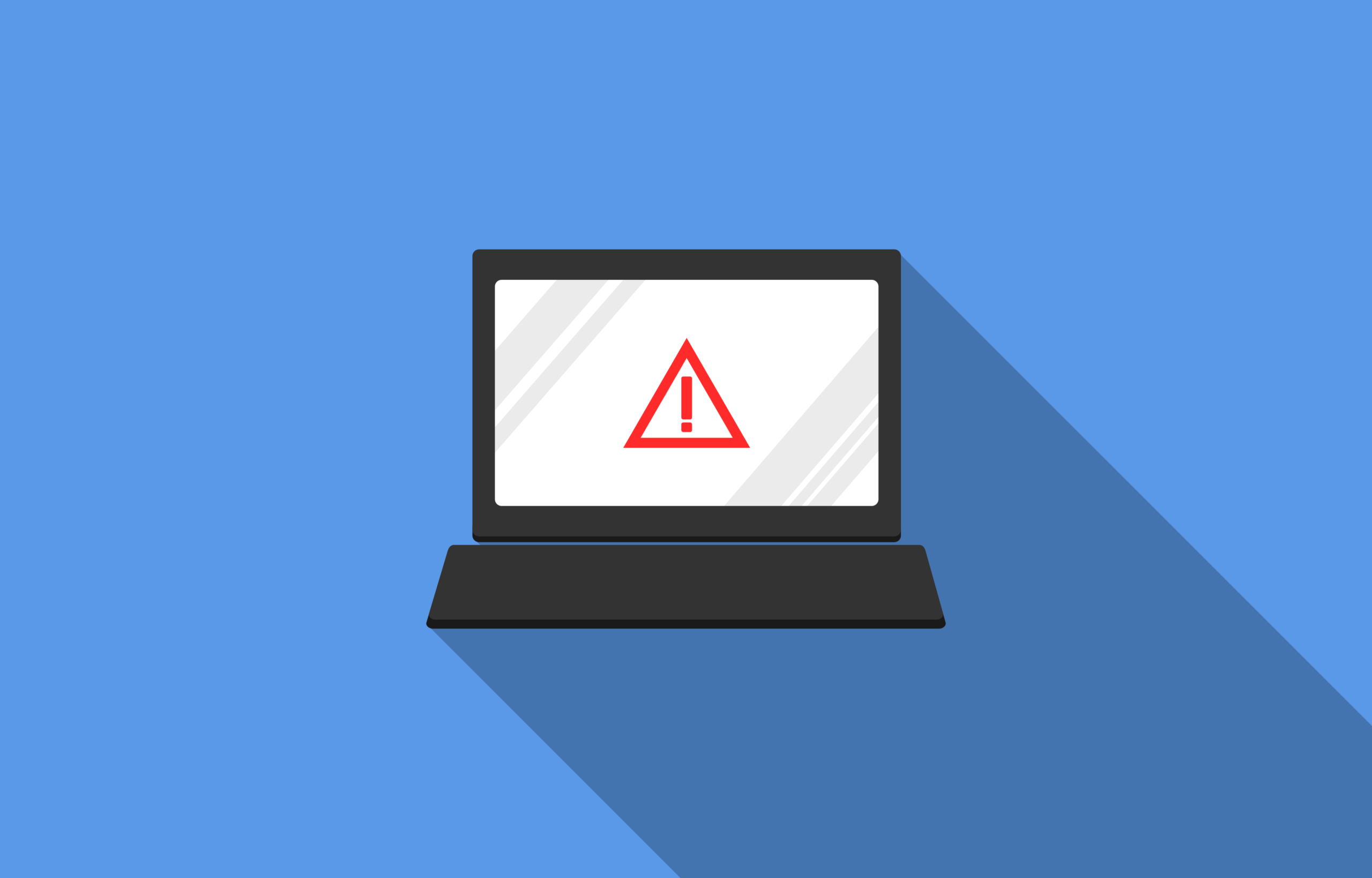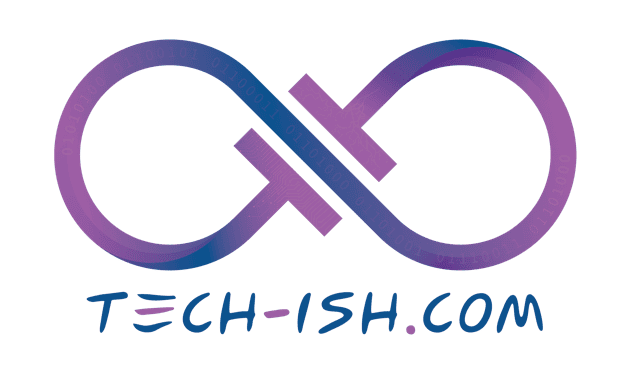
Kenya’s rapidly expanding digital economy has become a prime target for cybercriminals, with recent high-profile attacks highlighting the urgent need for businesses to adopt robust cybersecurity frameworks. As the country continues its digital transformation journey, the financial and reputational consequences of inadequate security measures are becoming increasingly severe, forcing organizations to rethink their approach to cybersecurity.
High-Profile Cyber Attacks Expose Vulnerabilities
The scale of cyber threats facing Kenyan businesses became starkly apparent in April 2024 when Equity Bank suffered a devastating cyber incident that resulted in KES 179 million being stolen directly from customer accounts. This attack was not an isolated incident but part of a growing pattern targeting unprepared businesses across the country.
Kenya’s largest supermarket chain, Naivas, also fell victim to a serious ransomware attack that disrupted operations nationwide. These incidents represent more than just financial losses, they demonstrate how cybercriminals are specifically targeting businesses in Kenya’s maturing digital economy.
The consequences extend far beyond immediate financial damage. While Equity Bank successfully apprehended 19 suspects connected to the incident, customer trust was severely compromised, with many clients moving to competitors perceived as more secure. For Naivas, despite taking immediate containment action, the company faced days of system downtime, lost sales, and months of reputational recovery work.
The Framework Dilemma: Choosing the Right Cybersecurity Approach
Tony Anscombe, Chief Security Evangelist at global cybersecurity provider ESET, emphasizes that cybersecurity frameworks offer essential blueprints for digital safety and data regulation compliance. However, as these frameworks develop and proliferate in response to emerging cyber threats, selecting the appropriate one becomes increasingly challenging.
“Particularly in high-risk sectors like fintech, retail, and healthcare, understanding specific requirements must be a top priority,” Anscombe explains. This is especially relevant given that Kenya implemented the Data Protection Act in 2019, establishing legal requirements for protecting individuals’ privacy rights.
While regulations define what must be protected, cybersecurity frameworks like the NIST Cybersecurity Framework provide the detailed roadmap for achieving compliance.Organizations that view these frameworks as enablers of trust and innovation, rather than merely regulatory hurdles, typically experience greater success in their digital transformation efforts.
Understanding Framework Categories and Implementation
Cybersecurity frameworks generally fall into two distinct categories. Mandatory compliance frameworks are legally required for organizations to comply with laws or industry regulations, leaving no room for choice. Voluntary frameworks, on the other hand, are designed to improve overall security posture and offer businesses flexibility in implementation.
For mandatory frameworks, there is no decision to make as they represent legal requirements with significant financial penalties for non-compliance. However, businesses retain important choices regarding voluntary frameworks, with factors such as business objectives, risk tolerance, available resources, and vendor support influencing which framework proves most beneficial.
Special Considerations for Small and Medium Enterprises
Small and medium-sized businesses face unique challenges when implementing cybersecurity frameworks. A critical factor for SMEs is whether a framework can be realistically adopted given their resource constraints. Some frameworks provide requirements more appropriate for smaller enterprises that may lack sophisticated resources but still require robust cybersecurity protection.
“For elements that are modified or not implemented, there should be documented justification explaining why the adaptation was necessary,” Anscombe advises. This approach acknowledges that rigid implementation might impede business operations and become counterproductive.
Balancing Compliance with Practical Protection
The ultimate goal is not perfect compliance with every aspect of a framework, but rather effective protection that enables business growth. Organizations must determine their approach to acceptable risk and adapt frameworks appropriate for their scale and capabilities.
Anscombe warns against two common pitfalls in framework implementation. “If you take the approach of merely ticking boxes for minimum requirements, you may end up compliant but not properly protected. Conversely, adhering too strictly to all requirements might overwhelm your team.”
The solution lies in careful consideration of what works best for each specific business and industry, supported by an effective cybersecurity provider. As cybersecurity frameworks are regularly updated to reflect emerging threats and new safety tactics, businesses must maintain an agile approach to their security posture.
Building Cyber Resilience Through Strategic Framework Adoption
For organizations looking to strengthen their cybersecurity defenses, protecting against cybercrime in Kenya requires a comprehensive understanding of both threats and available protections. The key is viewing cybersecurity frameworks as strategic enablers that provide the foundation for secure, sustainable digital transformation across the continent.
Success depends on interpreting and implementing these frameworks in ways that make sense for each business while maintaining the flexibility needed to address unique risks, technologies, and mission considerations. With cybercriminals becoming increasingly sophisticated in their targeting of Kenya’s digital economy, the time for strategic cybersecurity framework adoption is now.






